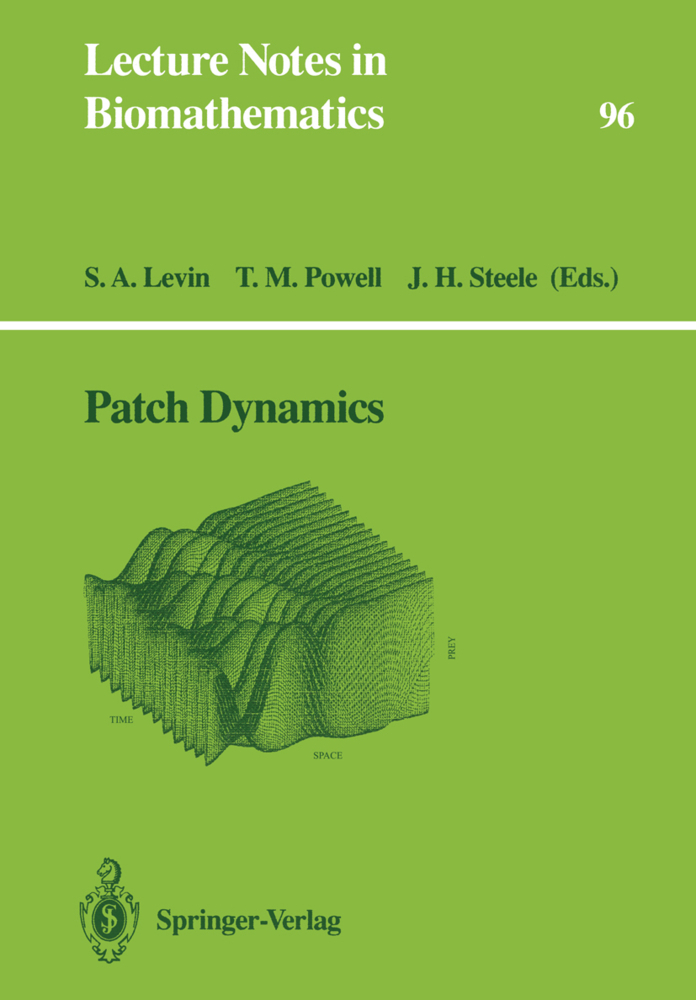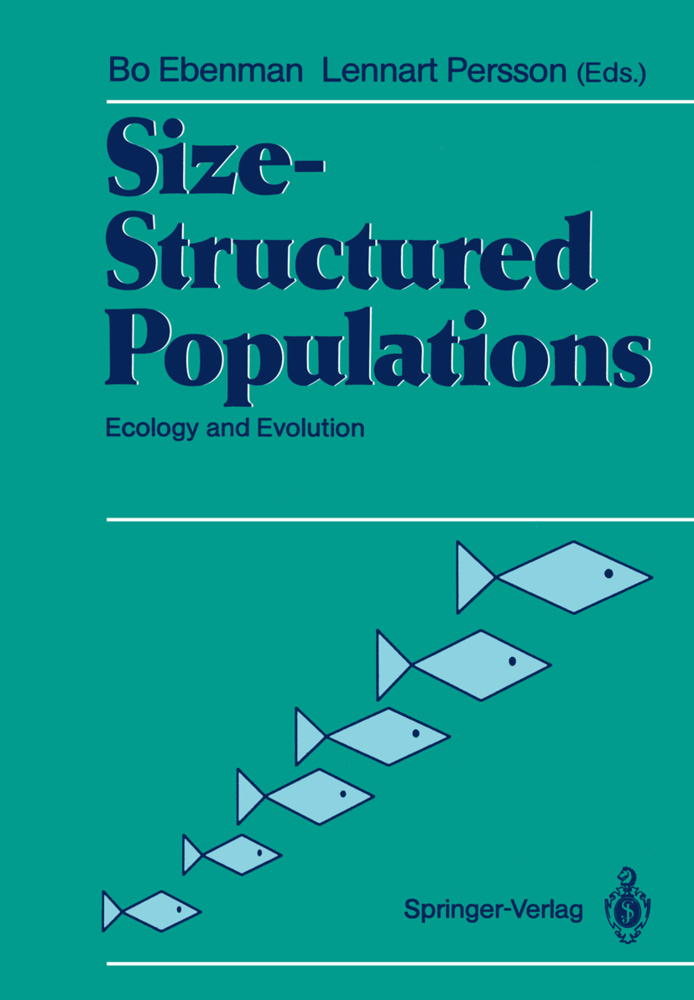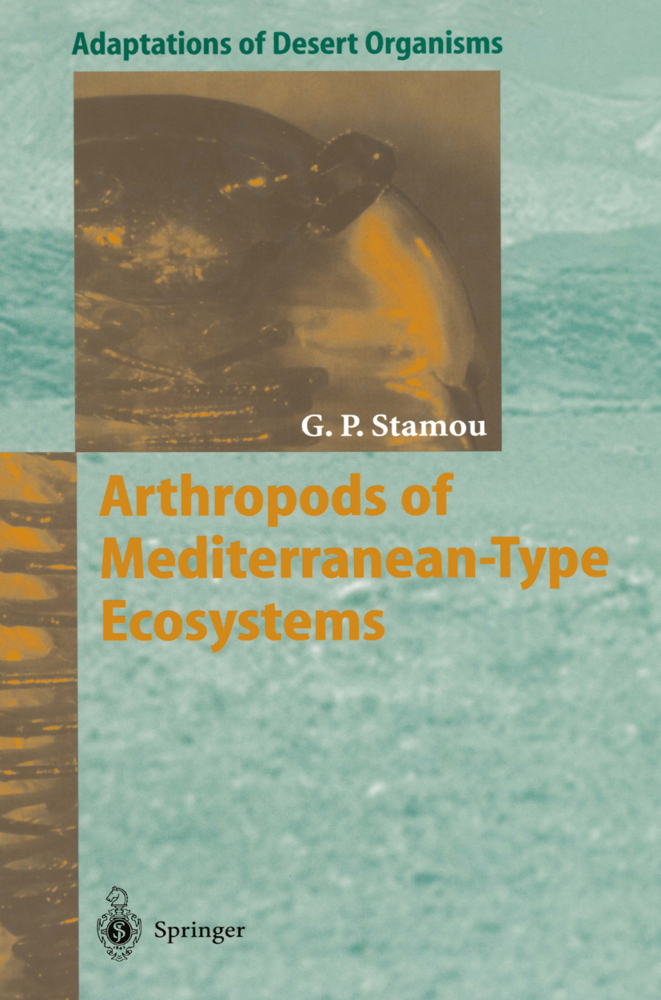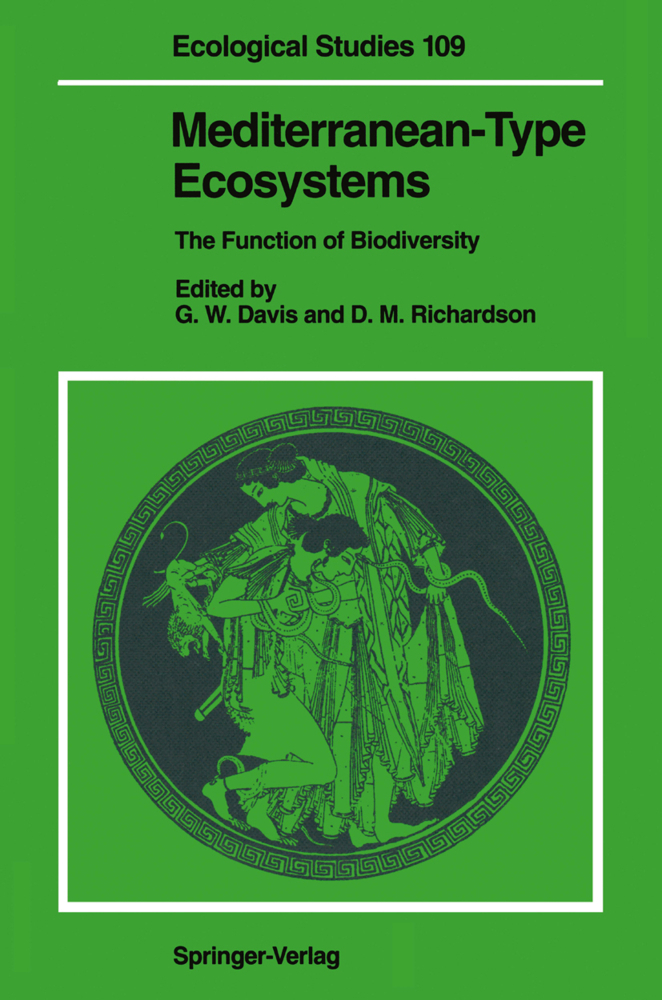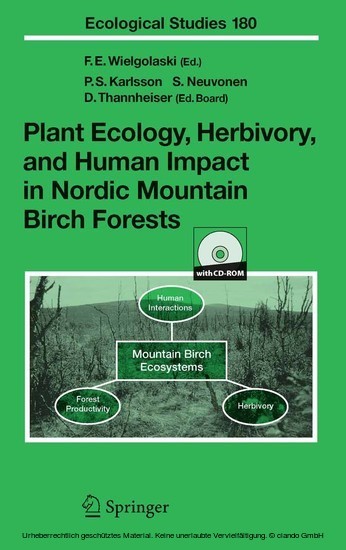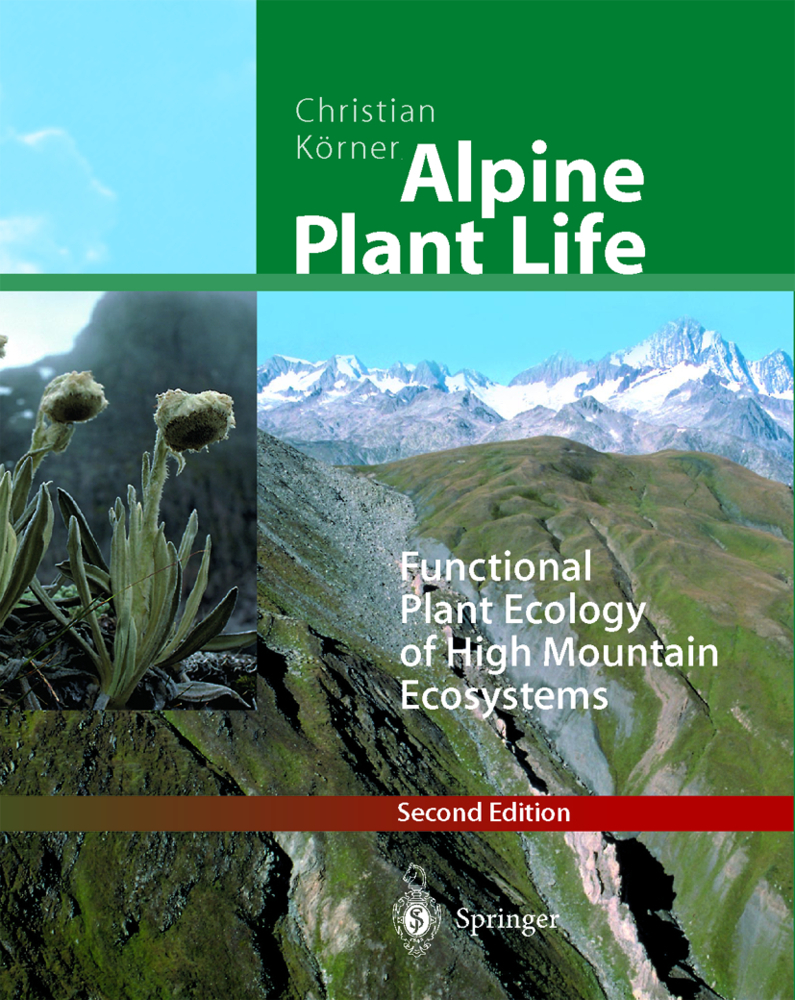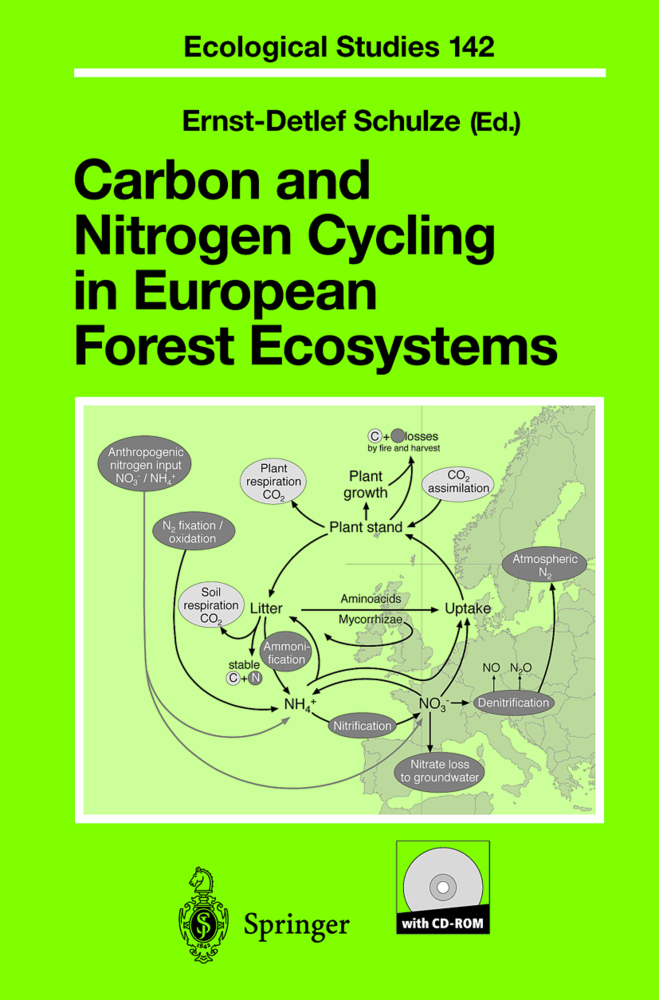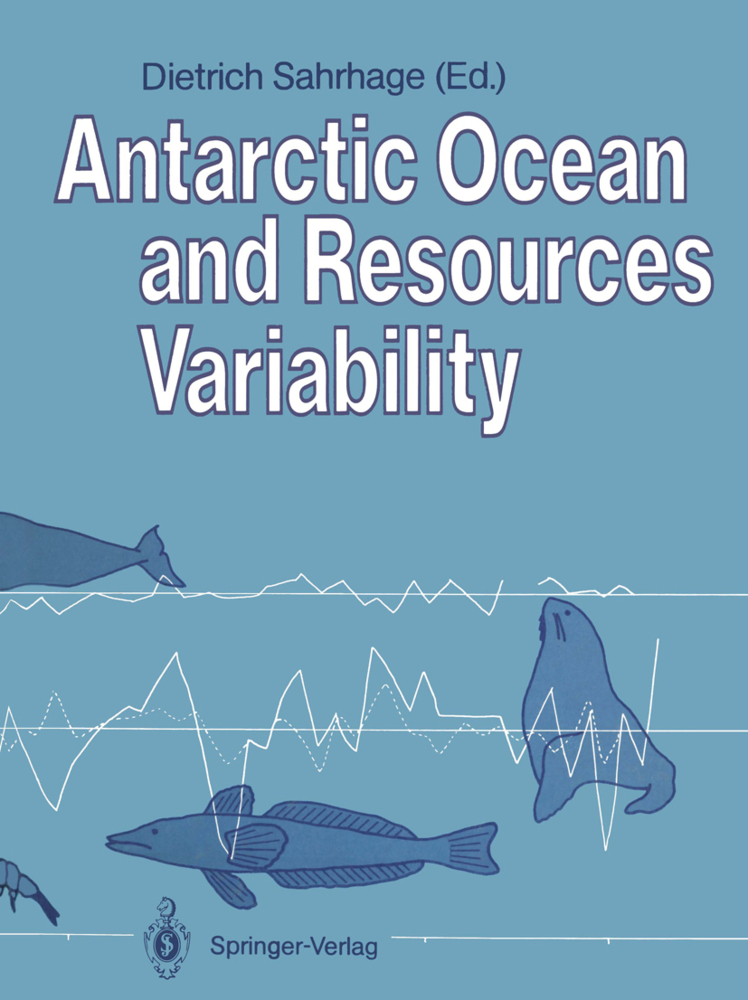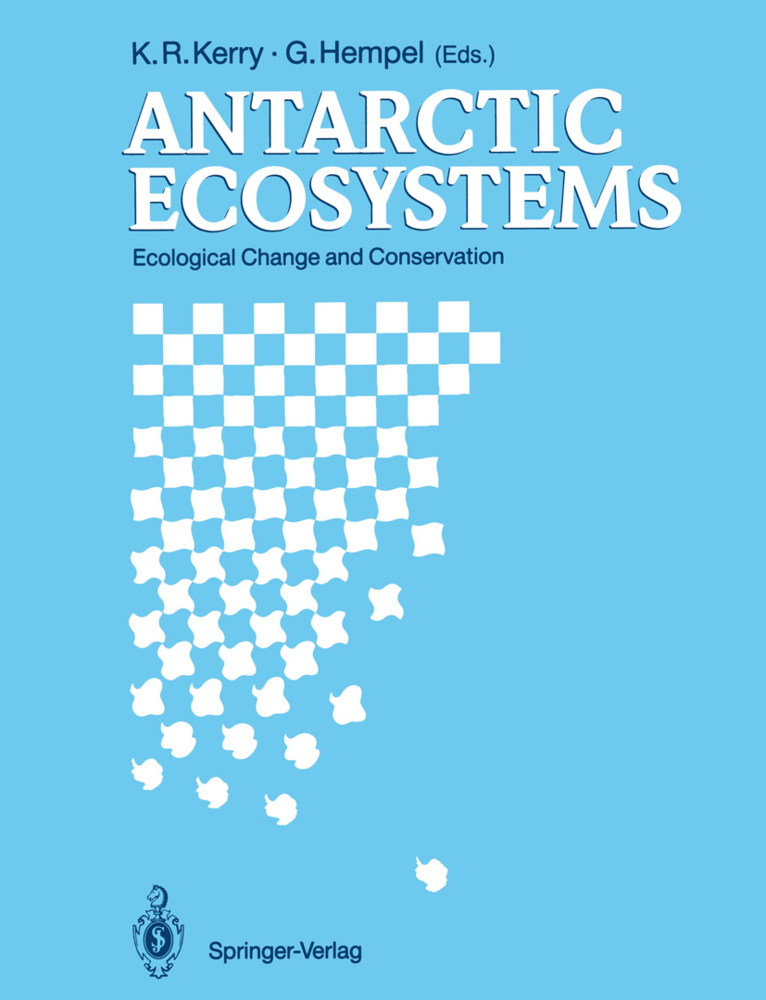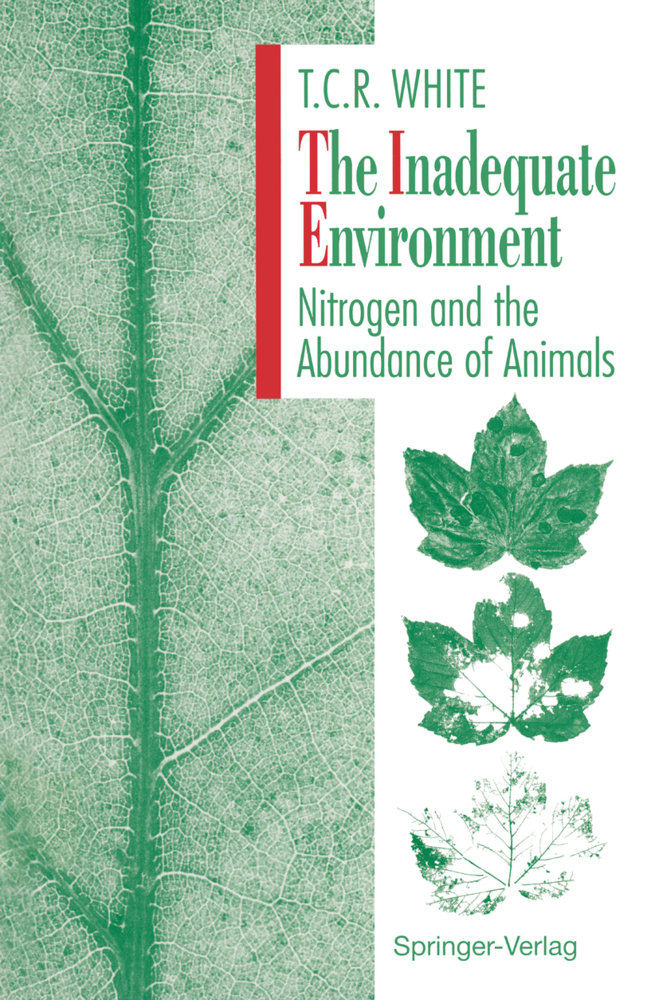Patch Dynamics
Patch Dynamics
From the preface by Joel E. Cohen: "A century from now humanity will live in a managed - or mismanaged - global garden. We are debating the need to preserve tropical forests. Farming of the sea is providing an increasing part of our fish supply. We are beginning to control atmospheric emissions. In 100 years, we shall use novel farming practices and genetic engineering of bacteria to manipulate the methane production of rice fields. The continental shelf will be providing food, energy, possibly even living space. To make such intensive management possible will require massive improvements in data collection and analysis, and especially in our concepts. A century hence we will live on a wired earth: the oceans and the crust of the earth will receive the same comprehensive monitoring now devoted to weather. As the peoples of currently developing countries increase their levels of wealth, the need for global management will become irresistible as impatience with the accidents of nature and intolerance of mismanagement of the environment - especially of living resources - grow. Our control of physical perturbations and chemical inputs to the environment will be judged by the consequences to living organisms and biological communities. How can we obtain the factual and theoretical foundation needed to move from our present, fragmented knowledge and limited abilities to a managed, global garden?" This problem was addressed in the lectures and workshops of a summer school on patch dynamics at Cornell University. The school emphasized the analysis and interpretation of spatial patterns in terrestrial and marine environments. This book contains the course material of this school, combining general reviews with specific applications.
Present Status
Major Themes
Present Programs
Options for Action
Mechanisms for Action
II. Methods and Descriptions Overview (Powell)
1. Introduction to Spatial Statistics
2. The Spatial Nature of Soil Variability and Its Implications for Field Studies
3. Phytoplankton Patchiness: Ecological Implications and Observation Methods
4. Measuring the Fate of Patches in the Water: Larval Dispersal
5. Determining Process Through Pattern: Reality or Fantasy?
6. Description and Analysis of Spatial Patterns
III. Concepts and Models Overview (Steele)
7. Ecological Interactions in Patchy Environments: From Patch-Occupancy Models to Cellular Automata
8. Spatial Aggregation Arising from Convective Processes
9. Two-Patch Metapopulation Dynamics
10. Coupling of Circulation and Marine Ecosystem Models
11. An Invitation to Structured (Meta) Population Models
12. Stochastic Models of Growth and Competition
13. Mechanisms of Patch Formation
IV. Ecological and Evolutionary Consequences Overview (Levin)
14. The Ocean Carbon Cycle and Climate Change: An Analysis of Interconnected Scales
15. Shifting Mosaic Metapopulation Dynamics
16. Modeling Fire Regime in Mediterranean Landscapes
17. The Influence of Regional Processes on Local Communities: Examples From an Experimentally Fragmented Landsacape
18. Ecological and Evolutionary Consequences of Patchiness: A Marine-Terrestrial Perspective
Contributors List.
Comparing Terrestrial and Marine Ecological Systems
SummaryPresent Status
Major Themes
Present Programs
Options for Action
Mechanisms for Action
II. Methods and Descriptions Overview (Powell)
1. Introduction to Spatial Statistics
2. The Spatial Nature of Soil Variability and Its Implications for Field Studies
3. Phytoplankton Patchiness: Ecological Implications and Observation Methods
4. Measuring the Fate of Patches in the Water: Larval Dispersal
5. Determining Process Through Pattern: Reality or Fantasy?
6. Description and Analysis of Spatial Patterns
III. Concepts and Models Overview (Steele)
7. Ecological Interactions in Patchy Environments: From Patch-Occupancy Models to Cellular Automata
8. Spatial Aggregation Arising from Convective Processes
9. Two-Patch Metapopulation Dynamics
10. Coupling of Circulation and Marine Ecosystem Models
11. An Invitation to Structured (Meta) Population Models
12. Stochastic Models of Growth and Competition
13. Mechanisms of Patch Formation
IV. Ecological and Evolutionary Consequences Overview (Levin)
14. The Ocean Carbon Cycle and Climate Change: An Analysis of Interconnected Scales
15. Shifting Mosaic Metapopulation Dynamics
16. Modeling Fire Regime in Mediterranean Landscapes
17. The Influence of Regional Processes on Local Communities: Examples From an Experimentally Fragmented Landsacape
18. Ecological and Evolutionary Consequences of Patchiness: A Marine-Terrestrial Perspective
Contributors List.
Levin, Simon A.
Powell, Thomas M.
Steele, John H.
| ISBN | 978-3-540-56525-3 |
|---|---|
| Artikelnummer | 9783540565253 |
| Medientyp | Buch |
| Copyrightjahr | 1993 |
| Verlag | Springer, Berlin |
| Umfang | XIV, 324 Seiten |
| Abbildungen | XIV, 324 p. 203 illus., 2 illus. in color. |
| Sprache | Englisch |

